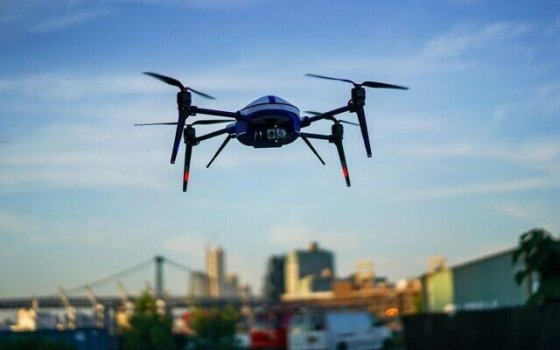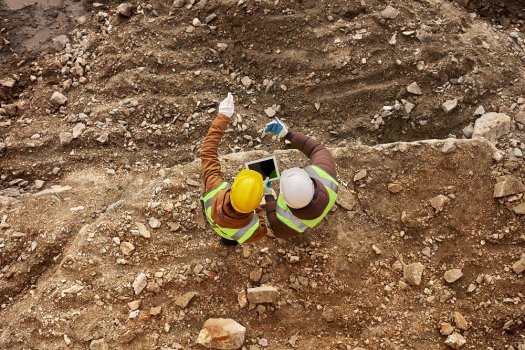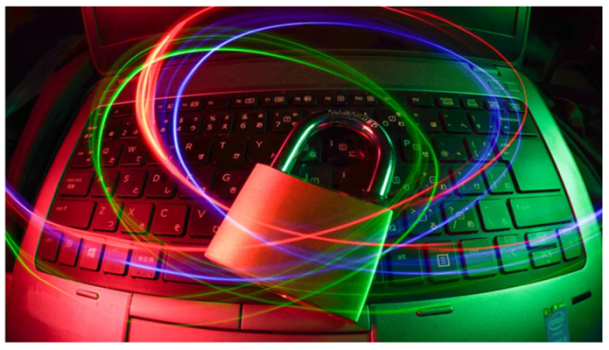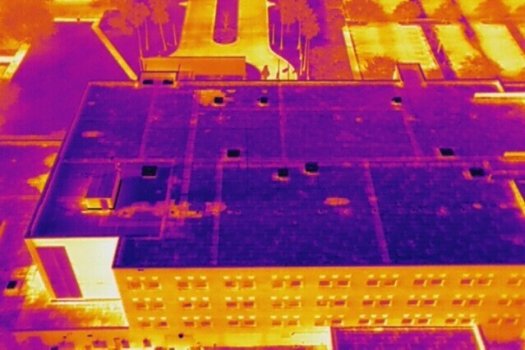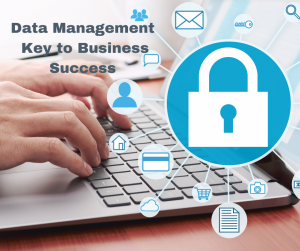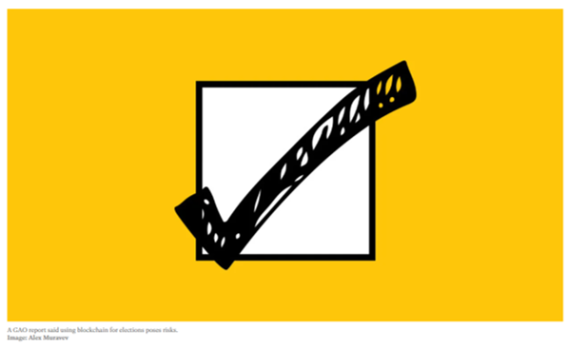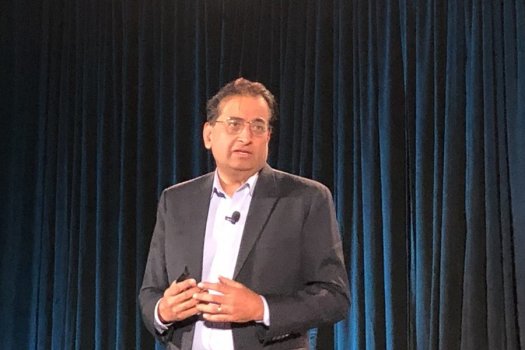Can drones make NYC safer? Israeli company, Brooklyn partner pitch idea to mayor
- Technology Solutions
- 0 Replies
An Israeli company and its Brooklyn partner want to fight crime using drones, and say they have an interested partner in New York City Mayor Eric Adams.
Israel’s Blue White Robotics and EasyAerial from Brooklyn were two of the companies featured in a recent “NY + Israel = Safer, Smarter Cities” event announcing the launch of the NYC-Israel Chamber of Commerce. Both companies said that Adams showed interest in their services at a reception for the event last Thursday at the Williamsburg Hotel.
BWR CEO Ben Alfi said that the best part of the event was the ability to have a “direct discussion” with the mayor. “We talked about emerging needs to create and implement our capabilities in helping New York become a safe and secure city,” he told the New York Jewish Week.
An Easy Aerial Drone being flown in New York. (Facebook)
New York Jewish Week/JTA — An Israeli company and its Brooklyn partner want to fight crime using drones, and say they have an interested partner in New York City Mayor Eric Adams.
Israel’s Blue White Robotics and EasyAerial from Brooklyn were two of the companies featured in a recent “NY + Israel = Safer, Smarter Cities” event announcing the launch of the NYC-Israel Chamber of Commerce. Both companies said that Adams showed interest in their services at a reception for the event last Thursday at the Williamsburg Hotel.
BWR CEO Ben Alfi said that the best part of the event was the ability to have a “direct discussion” with the mayor. “We talked about emerging needs to create and implement our capabilities in helping New York become a safe and secure city,” he told the New York JewishWeek.
Easy Aerial CEO Ido Gur said that after the reception, they spoke with the mayor about placing drones on the rooftops in the city, “specifically in higher crime areas.”
“He came up to us after our presentation with this idea,” Gur said. “We discussed the applicability, which we hope to start implementing soon enough.”
Continue reading: https://www.timesofisrael.com/can-drones-make-nyc-safer-israeli-company-brooklyn-partner-pitch-idea-to-mayor/
Israel’s Blue White Robotics and EasyAerial from Brooklyn were two of the companies featured in a recent “NY + Israel = Safer, Smarter Cities” event announcing the launch of the NYC-Israel Chamber of Commerce. Both companies said that Adams showed interest in their services at a reception for the event last Thursday at the Williamsburg Hotel.
BWR CEO Ben Alfi said that the best part of the event was the ability to have a “direct discussion” with the mayor. “We talked about emerging needs to create and implement our capabilities in helping New York become a safe and secure city,” he told the New York Jewish Week.
An Easy Aerial Drone being flown in New York. (Facebook)
New York Jewish Week/JTA — An Israeli company and its Brooklyn partner want to fight crime using drones, and say they have an interested partner in New York City Mayor Eric Adams.
Israel’s Blue White Robotics and EasyAerial from Brooklyn were two of the companies featured in a recent “NY + Israel = Safer, Smarter Cities” event announcing the launch of the NYC-Israel Chamber of Commerce. Both companies said that Adams showed interest in their services at a reception for the event last Thursday at the Williamsburg Hotel.
BWR CEO Ben Alfi said that the best part of the event was the ability to have a “direct discussion” with the mayor. “We talked about emerging needs to create and implement our capabilities in helping New York become a safe and secure city,” he told the New York JewishWeek.
Easy Aerial CEO Ido Gur said that after the reception, they spoke with the mayor about placing drones on the rooftops in the city, “specifically in higher crime areas.”
“He came up to us after our presentation with this idea,” Gur said. “We discussed the applicability, which we hope to start implementing soon enough.”
Continue reading: https://www.timesofisrael.com/can-drones-make-nyc-safer-israeli-company-brooklyn-partner-pitch-idea-to-mayor/

